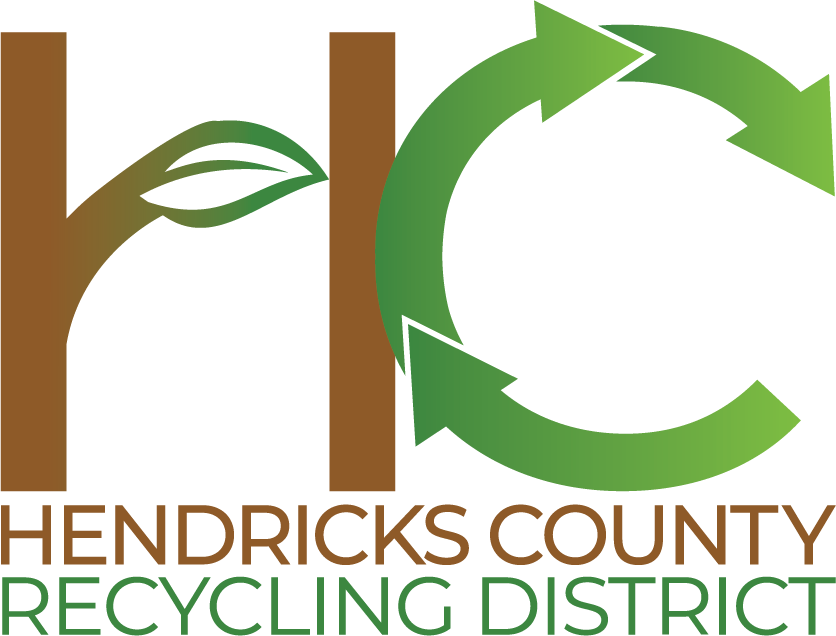Why Does It Matter?
Food waste and yard waste together make up about 25% of what we throw away. That means almost one quarter of what we throw away can be composted! We can recycle nutrient rich “stuff” like leaves, twigs, grass clippings, weed and shrub cuttings, garden waste, and food waste back into the soil by letting Mother Nature do her thing. Composting reduces the need to water because of organic matter’s great water-holding capacity—a nice way to save money if you are on city water. Compost can also replace the need for chemical fertilizers, improve soil structure (which cuts down on erosion), improve yields of fruit and vegetable gardens, and it can be fun!
What Should You Do?
Compost! Try it…no matter what, you cannot mess it up. Compost happens. There are many different styles of composting, but they will all result in rich organic material that can be a great soil amendment.
· Below are the nuts and bolts of backyard composting:
WHAT STYLE—In a Bin, in a pile or in a hole? The easiest option is to simply incorporate food scraps (other than meats) into a hole about one foot deep in your garden or flower bed. Be sure the scraps are covered with at least 8” of dirt so animals won’t dig it up. The decision between a compost pile versus a compost bin is mostly about aesthetics—it’s up to you. You can purchase a bin or you can construct compost bins from pallets, trash cans, chicken wire or lumber. A quick Internet search will garner lots of great ideas and advice.
WHERE TO PLACE IT? A pile or bin should be kept in a somewhat shaded area so that it won’t dry out as quickly. It is also important to keep it close to where you will eventually use the compost. Some people choose to put the pile where they plan to plant next year’s crops so that they can just spread it right where it is. You may want to have your bin close to the kitchen if you plan to include food scraps in your compost.
COMPOSTING RECIPE: Start with bare soil. Exposed soil allows the flora and fauna living in the soil to travel into your compost and aid in the decomposition process. In general, a compost pile is made in layers of brown and green materials. The exposed soil serves as the first layer of brown material. Add a layer of “green” which could include young weeds, grass clippings and/or food waste. Add some “browns” like twigs, branches, shrubbery clippings, dry leaves or straw. Add some moisture to the pile until it feels like a wrung-out sponge. Turn the pile every week.
Dig Deeper.
To speed up the composting process, vary and mix the materials you add. This provides a balanced food supply for microorganisms. Also, turn your compost frequently.
Next Edition…
Next month we’ll focus on End-of-School-Year Locker Clean-outs. There are lots of opportunities to reuse and recycle… Join us then for some ideas and tips!

